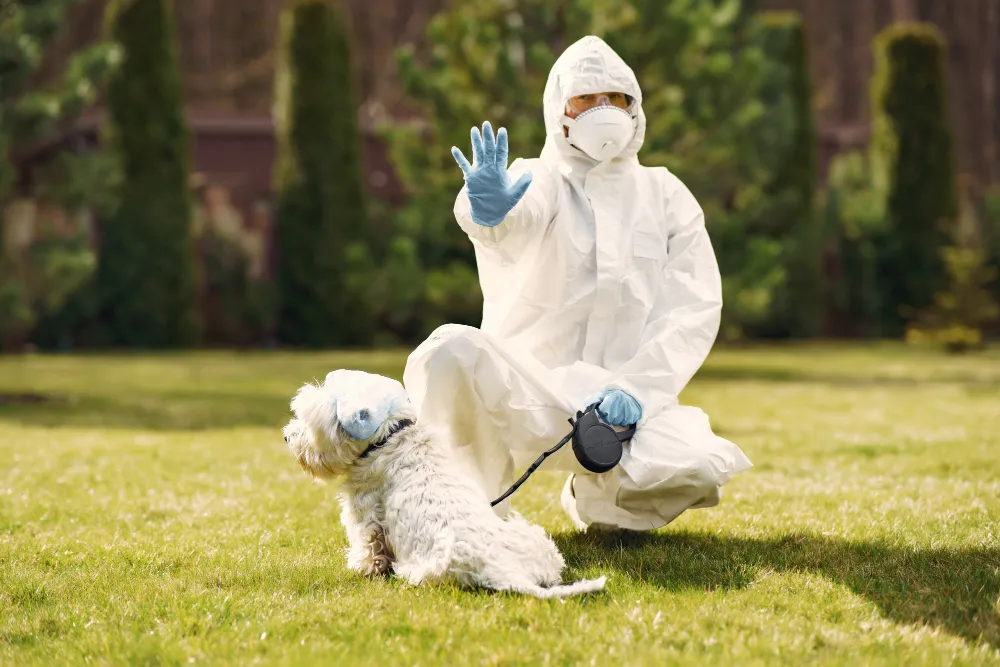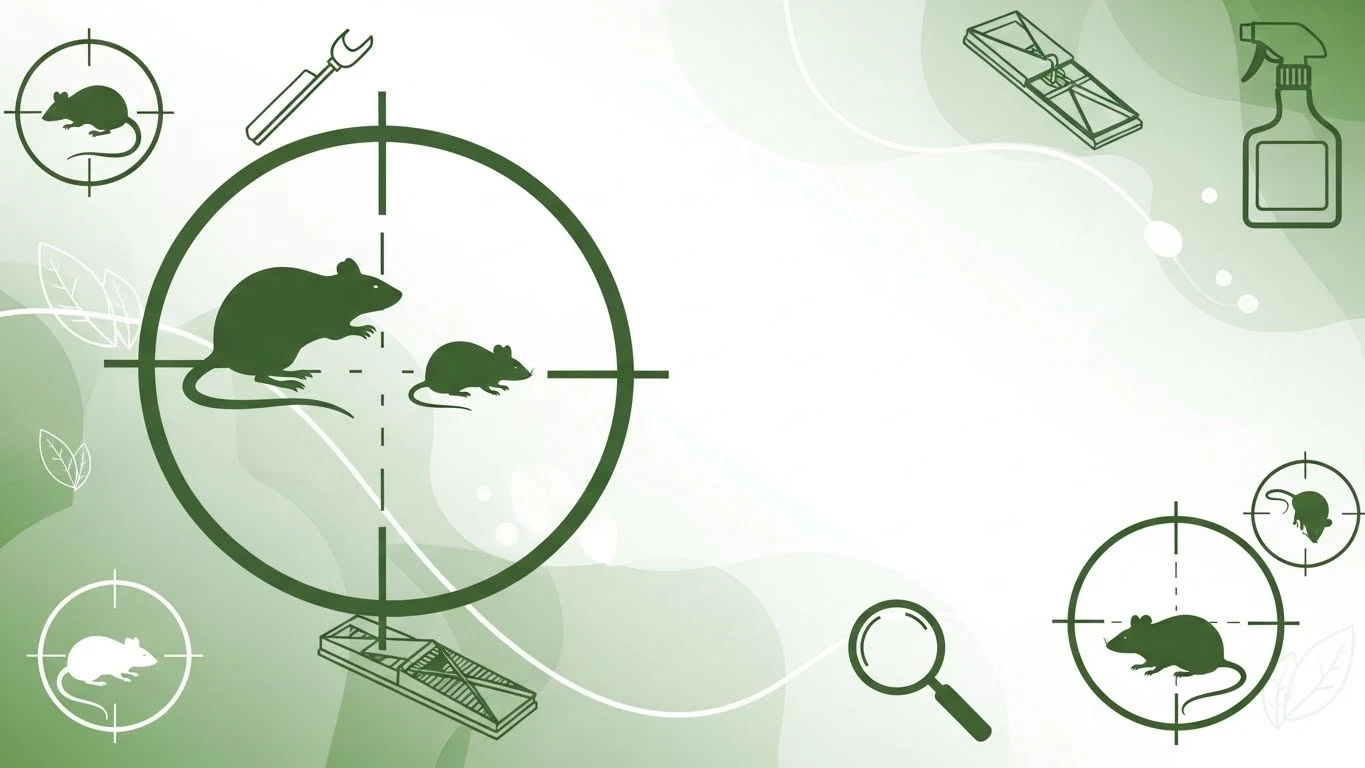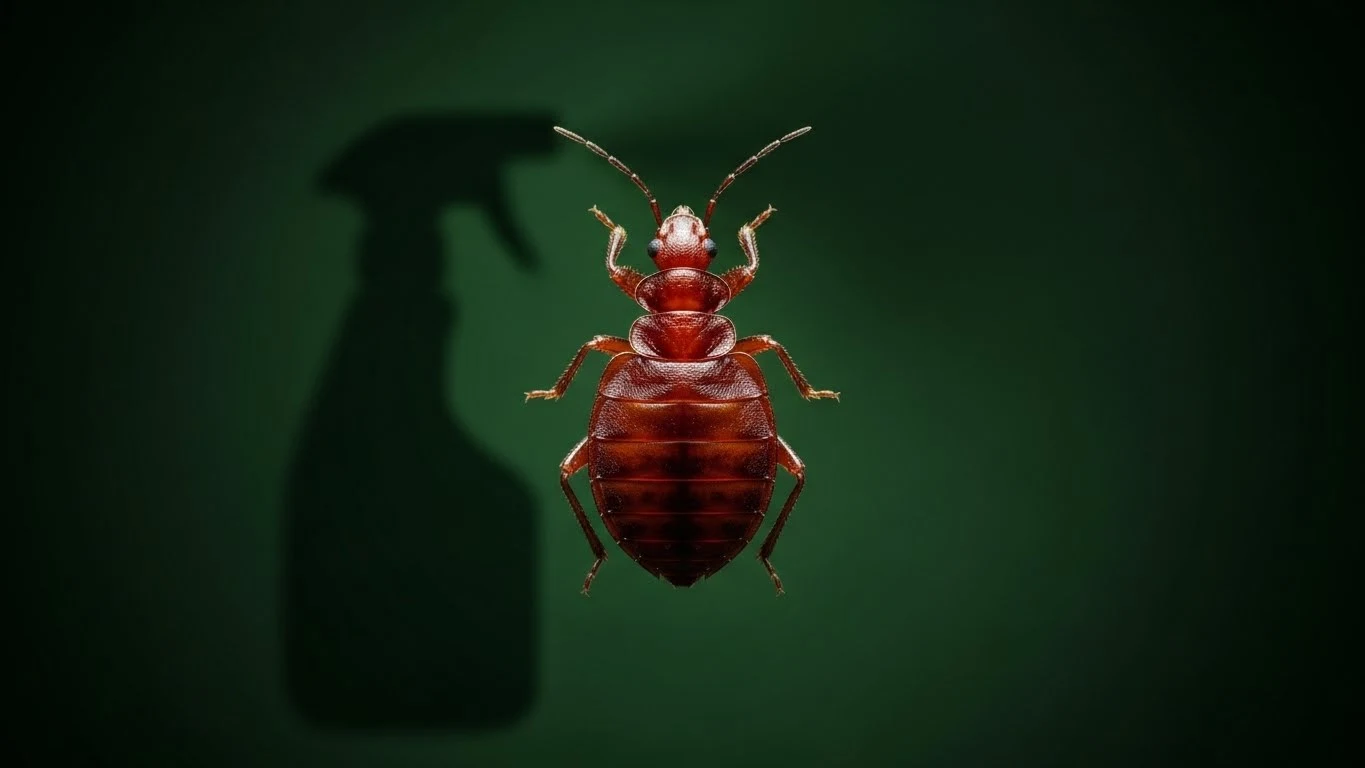Do Pest Control Get Rid of Fleas?
Fleas are small, wingless insects that feed on the blood of animals and humans. They can cause itching, irritation, allergic reactions, and diseases. If you have pets, you may have encountered fleas at some point. But even if you don’t have pets, you can still get fleas from other sources, such as wildlife, rodents, or other infested homes. If you have a flea problem, you may be wondering if pest control can get rid of them for good.
The answer is yes, but it depends on the type and extent of the infestation and the methods used. Professional pest control companies offer various options for eliminating fleas, such as traps, sprays, foggers, and sanitation. However, not all methods work equally well for all situations, and some may require multiple applications or follow-up visits.
In this article, we will explain how pest control can get rid of fleas, what factors affect the success of the treatment, and what you can do to prevent fleas from coming back. We will also answer some frequently asked questions about flea control and provide some useful tips and resources.
Key Takeaways
- Pest control can get rid of fleas, but the success depends on the type and extent of the infestation and the methods used.
- Professional pest control companies offer different options for flea control, such as traps, sprays, foggers, and sanitation.
- The best option for your situation depends on several factors, such as the source and location of the infestation, the size and layout of your property, and your budget and preferences.
- To ensure lasting results, you need to follow the pest control company’s instructions and recommendations, such as removing or sealing food sources, cleaning up spills and residues, and maintaining good hygiene.
- You can also use some natural or DIY methods to supplement professional pest control, such as vinegar, baking soda, or essential oils.
How to Choose the Best Pest Control Method for Fleas
There are many factors that can affect the success of pest control methods for fleas. Some of these factors include:
- The source and location of the infestation. Fleas can come from various sources, such as your pets, wildlife, rodents, or other infested homes. You need to identify and treat the source of the infestation before applying any pest control methods. Otherwise, you will only deal with the symptoms and not the root cause
- The size and layout of your property. The larger and more complex your property is, the more difficult it may be to find and treat all the possible hiding and breeding places of fleas. You may need to use multiple methods or products to cover all the areas where fleas can be found
- Your budget and preferences. Some pest control methods may be more expensive or inconvenient than others. For example, foggers may require you to vacate your property for several hours or days, while traps may require frequent checking and disposal. You may also have concerns about the safety or environmental impact of some pesticides. You may need to weigh the costs and benefits of each method and choose the one that suits your needs and preferences best
To help you choose the best pest control method for fleas, here is a table that compares some of the most common options:
| Method | Pros | Cons |
|---|---|---|
| Traps | Effective for short-term control; can capture fleas; non-toxic; inexpensive; easy to use | May not eliminate all fleas; may need frequent replacement; may not prevent fleas from breeding; may be unsightly |
| Sprays | Fast-acting; can kill on contact; can deter fleas from entering or hiding; can reach hard-to-access areas | May not kill all fleas; may need frequent reapplication; may have high toxicity; may have strong odor; may contaminate food or surfaces |
| Foggers | Effective for long-term control; can kill all life stages of fleas in one treatment; can penetrate deep into cracks and crevices | Expensive; may require professional service; may damage heat-sensitive items; may not prevent reinfestation |
| Sanitation | Eco-friendly; non-toxic; odorless; can prevent fleas from entering or nesting in your property | Time-consuming; may require regular cleaning and maintenance; may not be enough to get rid of existing infestation |
How to Prevent Fleas from Coming Back
Even after you get rid of fleas with pest control methods, you need to take some preventive measures to keep them from coming back. Here are some tips to prevent flea infestations:
- Remove or seal any food sources that can attract fleas. Fleas feed on blood, so they are attracted to any warm-blooded animals, such as your pets, wildlife, rodents, or even humans. Keep your pets clean and healthy, and use flea collars or natural repellents to protect them. Keep your garbage cans covered and dispose of your trash regularly. Seal any gaps or holes in your walls, floors, ceilings, doors, windows, pipes, or wires that can serve as entry points or hiding places for fleas or their hosts
- Clean up any potential breeding sites for fleas. Fleas lay eggs in carpets, rugs, upholstery, bedding, furniture, or any other dark and moist areas. Vacuum your floors, upholstered furniture, and bedding daily during an infestation, and at least once a week afterwards. Wash your bedding, pet’s bedding, and throw rugs in hot water weekly during an infestation, and at least once a month afterwards. Steam clean your carpets and upholstered furniture every 1 to 2 months until you’ve brought the infestation to an end
- Use some natural or DIY methods to supplement professional pest control. For example, you can sprinkle diatomaceous earth around your property to kill fleas with its sharp edges. You can also mix vinegar with water and spray it on your pets or around your home to repel fleas with its acidity. Another option is to add a few drops of essential oils, such as lavender, rosemary, or eucalyptus, to your pet’s shampoo or collar to repel fleas with their scent.
Frequently Asked Questions about Flea Control
Here are some common questions that people have about how to get rid of fleas:
| Question | Answer |
|---|---|
| How do I know if I have a flea infestation? | Some signs of a flea infestation include seeing live or dead fleas on your pets or in your home, finding flea dirt (dried blood) or flea eggs (white specks) on your pets or in their bedding, noticing your pets scratching or biting themselves excessively, developing red bumps or rashes on your skin, or having an allergic reaction to flea bites. |
| How long does it take to get rid of fleas? | The time it takes to get rid of fleas depends on the type and extent of the infestation and the methods used. It may take anywhere from a few days to a few months to completely eliminate fleas from your property. |
| Are fleas harmful to humans? | Fleas can be harmful to humans in several ways. They can cause itching, irritation, allergic reactions, and infections. They can also carry and spread diseases, such as plague, typhus, or tapeworms. They can also contaminate food and surfaces with their droppings, saliva, or body parts. |
| How do fleas get into my property? | Fleas can get into your property through various ways, such as your pets, wildlife, rodents, or other infested homes. They can also enter through open windows or doors, or hitchhike on items or people. They can also migrate from neighboring properties, especially in rural areas or multi-unit buildings. |
| What are the best times to apply pest control methods for fleas? | The best times to apply pest control methods for fleas are when they are most active and vulnerable. Fleas are more active during the day than at night, and they prefer warm and humid conditions. They are also more likely to breed during the spring or summer seasons, when their hosts shed more hair and skin. |




